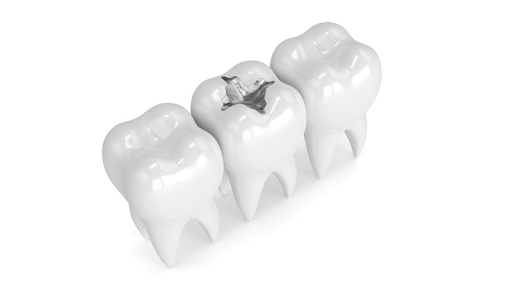Around 20.4% of American adults live with chronic pain. That’s one in every five adults. About 8% of those have high-impact chronic pain that limits their mobility.
Chronic pain costs over half a trillion dollars annually in medical costs, disability programs, and lost productivity.
If you are dealing with chronic pain, what can you do about it? Read on to learn all about chronic pain management.
Table of Contents
Acceptance Is the First Step
Living with chronic pain isn’t something you imagined for your life. But the way you think about your chronic pain can make a big impact on how you feel.
Telling yourself that your situation is horrible is related to negative pain treatment outcomes.
A big step toward dealing with chronic pain is to stop resisting the pain. Moving away from “why me” to “what now” can make a huge difference in how you live with chronic pain.
Cognitive Behavioral Therapy and Acceptance and Commitment Therapy can help those dealing with chronic pain.
Lose Extra Weight and Live an Active Lifestyle
Extra pounds can put extra pressure on your joints. This can make your pain worse.
The more fat tissue you have, the more signals your body sends to increase inflammation. Plus, being overweight put you at higher risk for diabetes and heart disease.
Even when you are in pain, movement can help you feel better. Walking, yoga or even gentle water aerobics can reduce joint pain. These activities also help improve your balance, flexibility, and strength.
Building muscle mass will strengthen weak areas and can reduce chronic pain.
If you have trouble sleeping because of chronic pain, exercise can help! It will allow you to sleep better at night. And it will make you feel more energetic during the day.
Practice Mind-Body Techniques
Meditation, deep breathing, and mindfulness allow you to take control of your body.
These techniques combat the tension and pain you have in your body. They turn down the “fight or flight” response by sending signals for each part of your body to relax.
You can contact a pain care center to take a class. Maybe download an app for guided meditation, or read a book on mindfulness.
Start today by learning how to practice deep breathing.
Get comfortable in a quiet position. Block out distractions. Breathe deeply until you fill your abdomen with air. Let the air out slowly like a balloon.
Push as much air out as you can. Then breathe in deeply again. Try to completely fill and empty your lungs with each breath.
As you practice mind-body techniques, your body will settle into a more relaxed, neutral state of being. The trick is repetition and consistency.
Don’t Overdo It on Good Days
One of the most difficult aspects of learning how to live with chronic pain is the unexpected days you feel good.
When you feel good, you may be tempted to make up for lost time by doing all the things you’ve been missing.
But this can cause more pain in the days that follow. Instead, break down larger tasks into smaller activities.
Then do one of those tasks at a time. It’s better to go slow and steady than it is to be in severe pain later.
Fight Inflammation with Food
One of the best techniques for pain management at home is being conscious of your daily diet.
You can fight pain from inflammation by regularly eating anti-inflammatory foods. This can help lower your pain naturally.
Get lots of Omega-3 fatty acids. This type of fat can reduce inflammation, especially for those with arthritis. It is a type of fat that is found in salmon, tuna, nuts and seeds, and plant oils.
Fruits and veggies that have rich red and orange colors are called carotenoids. Carotenoids have many health benefits. They are anti-oxidants, fight cancer, and help reduce inflammation.
Carrots, mangos, tomatoes, squash, cantaloupe, and watermelon are good examples of foods with carotenoids.
A diet rich with dark green, leafy vegetables is also important when dealing with chronic pain. Kale, spinach, swiss chard, and other plants can be blended into delicious smoothies, soups, or tossed in a salad.
Join a Support Group
Living with chronic pain can be lonely. It’s impossible for people who don’t experience chronic pain to truly understand what it is like.
Finding people who are dealing with chronic pain can help give you a strong support group. It can also help you learn new ways to deal with the pain.
You will likely make friends who share your struggles and triumphs. If nothing else, you will find a place where you can be heard. Talking about your pain can be very therapeutic.
Get Counseling
Dealing with chronic pain doesn’t have to be only your burden to bear. You can and should seek help to learn how to cope better with your chronic pain.
A mental health professional can help you learn how to avoid the thoughts that make your pain worse. A brighter outlook and a sense of gratitude is something you can learn to harness.
Remember, your health is not just physical. Taking care of your emotional and spiritual side can have a positive impact on the wellness of your body.
Bottom Line on Chronic Pain Management
We hope this guide on chronic pain management has given you some ideas to try.
You are not alone. Living with chronic pain doesn’t need to define you. You can have a full life as you apply these techniques in your life.
Next, learn about how your sleep position affects your health.











